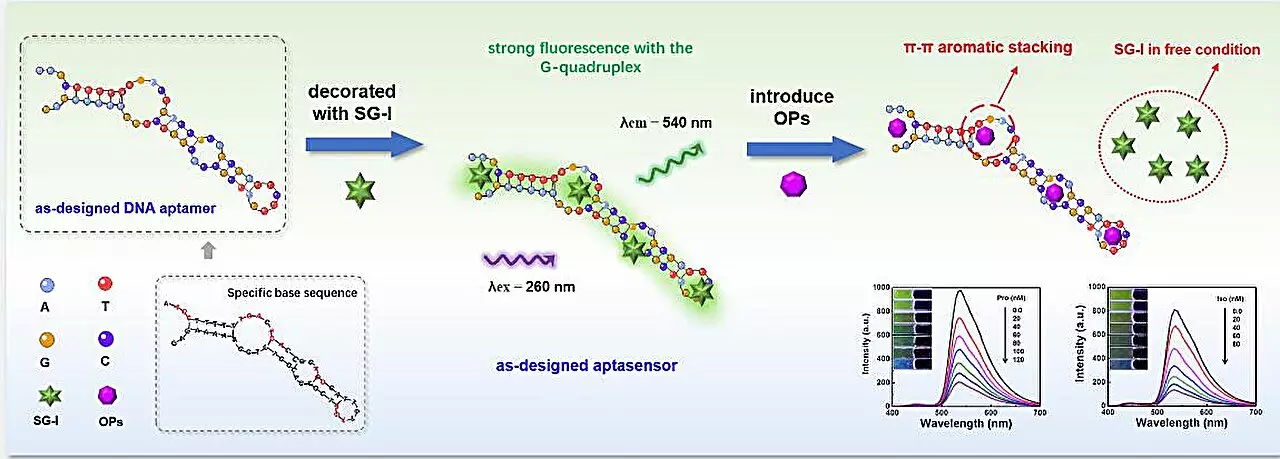In the face of escalating concerns over food safety and environmental hazards, a groundbreaking approach led by a research team under Prof. Jiang Changlong is reshaping how we detect organophosphate insecticides. This innovative visual sensing platform, crafted from DNA aptamer technology, represents a significant leap toward ensuring the safety of our food supply and surrounding ecosystems. As agricultural practices increasingly rely on potent chemicals to control pests, the demand for reliable detection methods has never been more urgent. This development not only underlines the intersection of technology and agricultural integrity but also opens doors to a future where rapid testing becomes a fundamental practice in our food systems.
The Dangers of Organophosphate Residues
Organophosphate insecticides, including well-known chemicals such as profenofos and isocarbophos, are commonly employed in agriculture due to their effectiveness. However, their extensive use leads to residues that pose severe health risks to humans, animals, and the environment. The risks associated with these chemicals have prompted a critical need for accurate and quick detection methods. Traditional detection mechanisms often fall short of meeting the urgent demands of on-site agricultural monitoring and public health safeguards, which is where this new research makes a significant impact.
Color Change Technology: Simplicity Meets Efficacy
The essence of this research lies in its clever application of colorimetric detection, which entails visually translating chemical interactions into easily interpretable data. Utilizing engineered DNA aptamers that specifically interact with the offending insecticides, this sensor boasts a unique mechanism—a striking color change signaling the presence of harmful residues. When these chemicals bind to the aptamer, the original green fluorescence diminishes, shifting to blue. This astonishing visual indicator not only simplifies the detection process but also emphasizes the sensor’s sensitivity, with detection limits as low as 2.48 nM for profenofos and 3.01 nM for isocarbophos.
Integration of 3D Printing and Mobile Technology
Moreover, the ingenuity of this study extends beyond chemical detection—melding advanced 3D printing technologies with everyday mobile applications to create a portable detection platform. This fusion of cutting-edge science with user-friendly technology empowers individuals, farmers, and food safety inspectors alike by providing a tool that is not only efficient but also conveniently accessible. The integration of smartphone color-identifying applications enables a wide range of users to participate in pesticide monitoring—transforming how the agricultural community ensures safety standards are met.
Implications for Future Food Safety
The work spearheaded by Prof. Jiang Changlong has the potential to catalyze impactful changes in how we approach pesticide monitoring. By prioritizing rapid and user-friendly solutions, this sensing system promotes proactive measures against pesticide residues, ultimately working towards a safer environment and food supply. The blend of sophisticated science with practical application signals a new frontier in food safety that empowers consumers and producers alike to maintain vigilance against chemical contaminants. The implications for agricultural practices are profound, pointing toward a future where food safety becomes a collective responsibility supported by ground-breaking technologies.


Leave a Reply